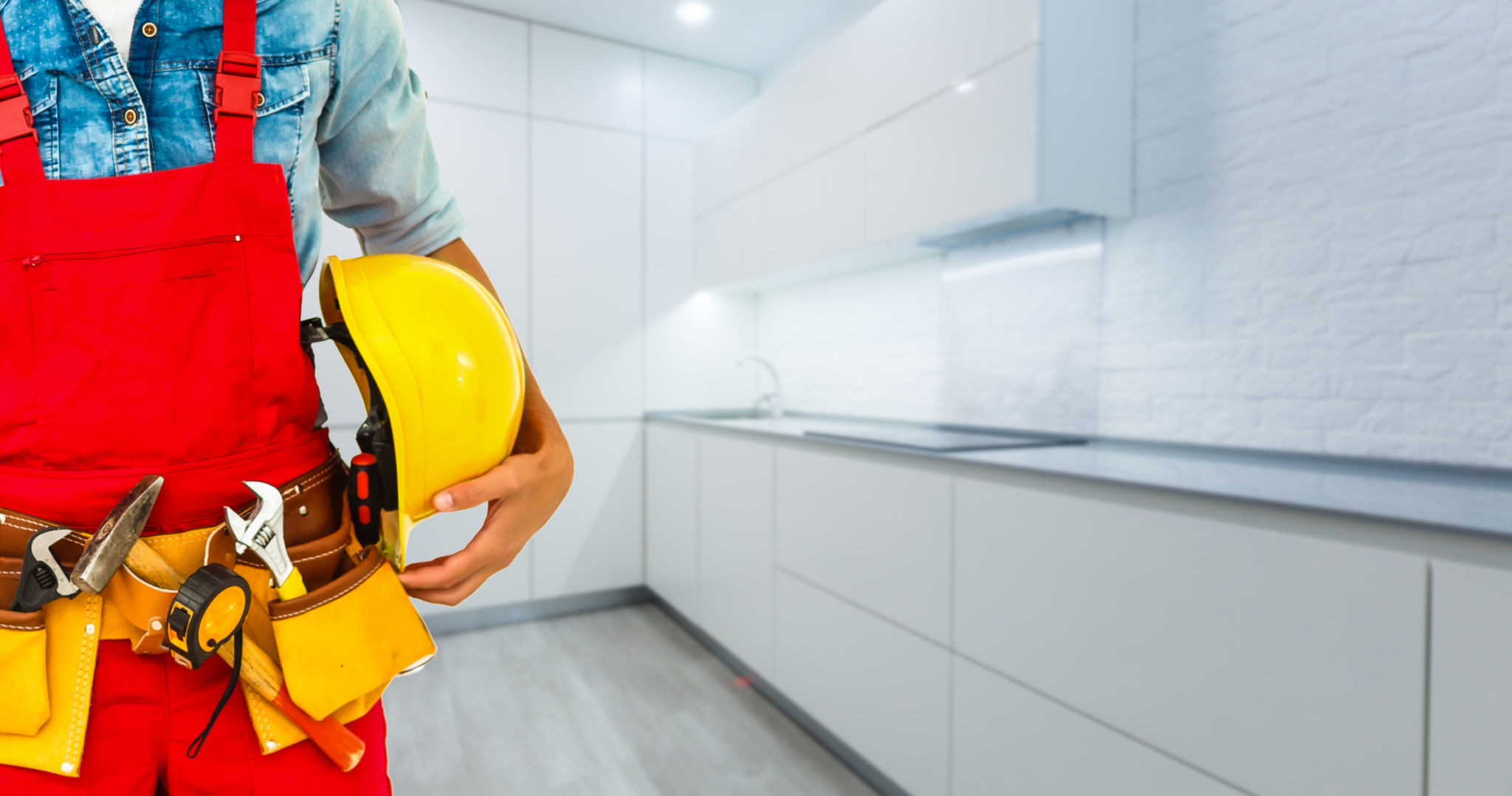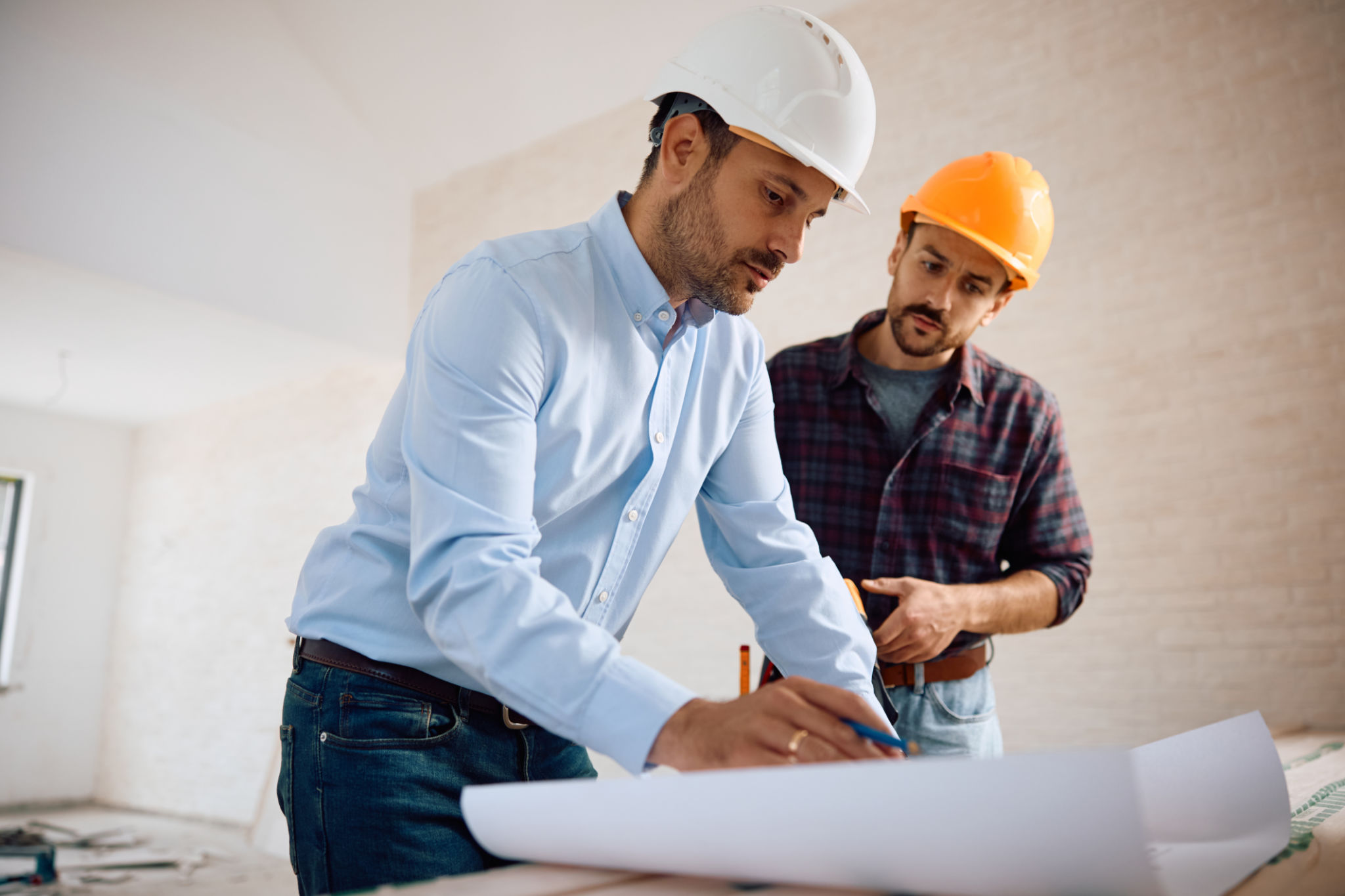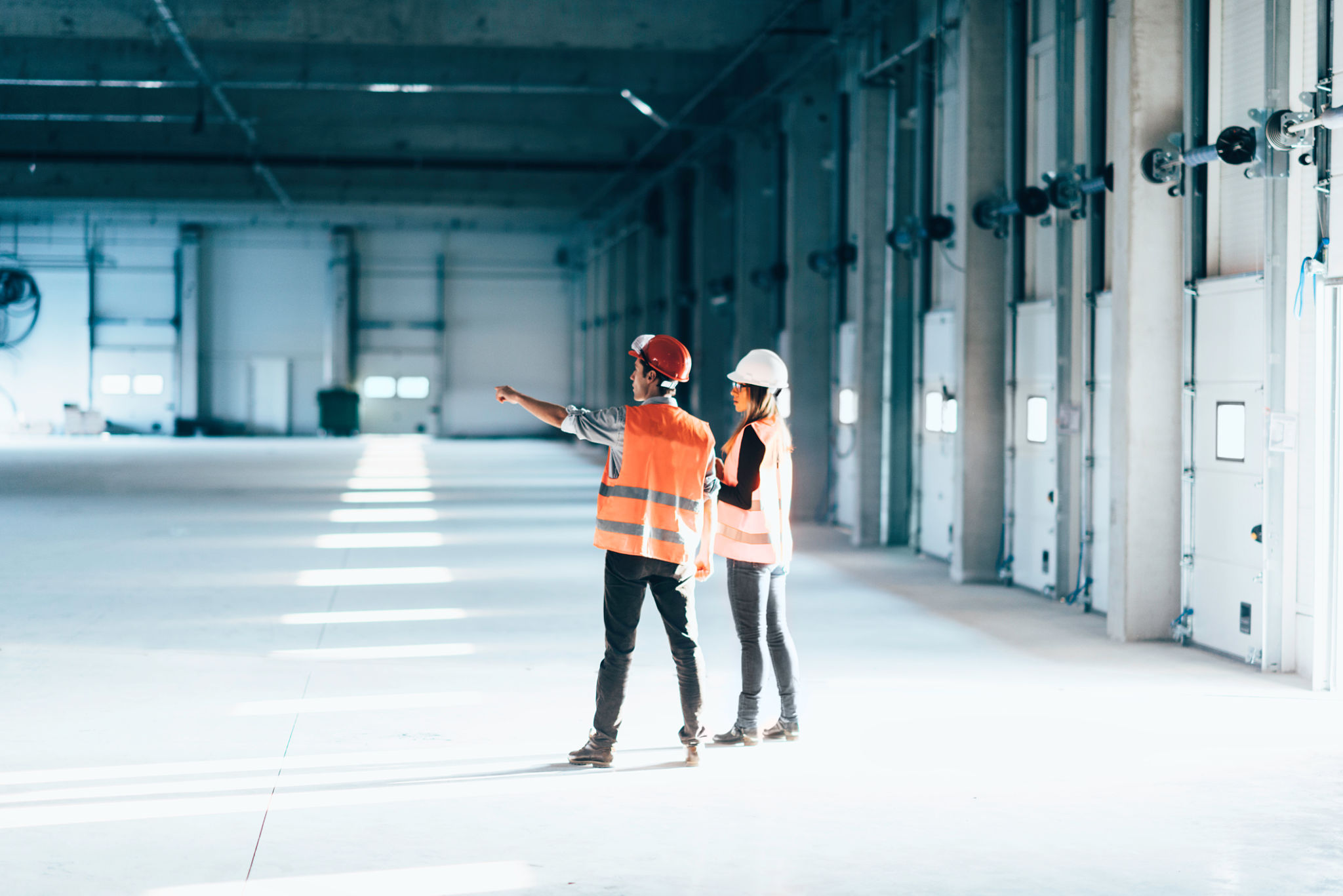How to Seamlessly Integrate Plumbing and Electrical Systems in New Residential Builds
Understanding the Basics
When embarking on a new residential build, one of the most critical aspects to consider is the seamless integration of plumbing and electrical systems. These systems are the backbone of any home, ensuring that utilities are delivered efficiently and safely. Understanding the basics of each system is essential for a smooth integration process.
Plumbing involves the installation of pipes, fixtures, and appliances for water supply and waste removal. Electrical systems, on the other hand, provide power for lighting, heating, and all other electrical appliances. Each system has its own set of requirements and challenges, making their integration a complex task. It is imperative to plan meticulously to avoid any potential issues.

Collaborative Planning
Effective collaboration between plumbing and electrical contractors is crucial. Early in the design phase, these professionals should meet to discuss the layout and requirements of each system. This collaboration ensures that both systems can coexist without interference.
During these meetings, the contractors should review blueprints and share insights on potential obstacles. For instance, identifying areas where pipes and electrical conduits might intersect will help in planning their routes efficiently. This proactive approach reduces the likelihood of costly modifications later on.

Strategic Placement of Systems
Strategic placement of plumbing and electrical systems can greatly enhance their integration. Plumbers and electricians must work together to determine optimal locations for pipes and wires. This involves considering factors such as load-bearing walls, accessibility for maintenance, and future expansion possibilities.
For plumbing, keeping water lines away from electrical wiring is vital to prevent moisture-related issues. Similarly, electrical wiring should be kept clear of plumbing areas to avoid any damage during repairs or maintenance. Following these guidelines helps in creating a safer and more efficient home environment.
Utilizing Modern Technology
Leveraging modern technology can simplify the integration process. There are numerous advanced tools and software available that assist in planning and visualizing plumbing and electrical layouts. These technologies allow for accurate mapping, reducing the risk of errors during installation.
Building Information Modeling (BIM) software, for example, enables contractors to create detailed 3D models of the home. This visual representation helps in identifying potential conflicts between systems before construction begins, saving time and resources.

Ensuring Compliance with Regulations
Compliance with building codes and regulations is non-negotiable when integrating plumbing and electrical systems. These codes are in place to ensure safety and efficiency within residential buildings. It’s essential to stay updated with local regulations and incorporate them into your planning process.
Working with licensed professionals who are knowledgeable about these codes is crucial. They can guide you through the necessary permits and inspections required for both systems. Ensuring compliance not only avoids legal issues but also guarantees a safe living environment for future residents.
Conducting Thorough Testing
Once the installation is complete, conducting thorough testing is essential to ensure both systems function correctly. This testing phase involves checking for leaks in plumbing lines and ensuring that electrical wiring is safe and operational.
Regular inspections during construction can help catch issues early. However, final testing provides peace of mind that all systems are integrated seamlessly. Any discrepancies found during testing should be addressed promptly to prevent future complications.

Emphasizing Maintenance Education
Educating homeowners about proper maintenance of plumbing and electrical systems is an often-overlooked aspect of integration. Providing guidance on routine checks and maintenance schedules can significantly extend the lifespan of these systems.
Offering detailed manuals or conducting a walkthrough with homeowners can empower them to handle minor issues independently. This proactive approach not only enhances system longevity but also promotes a safer living environment.
